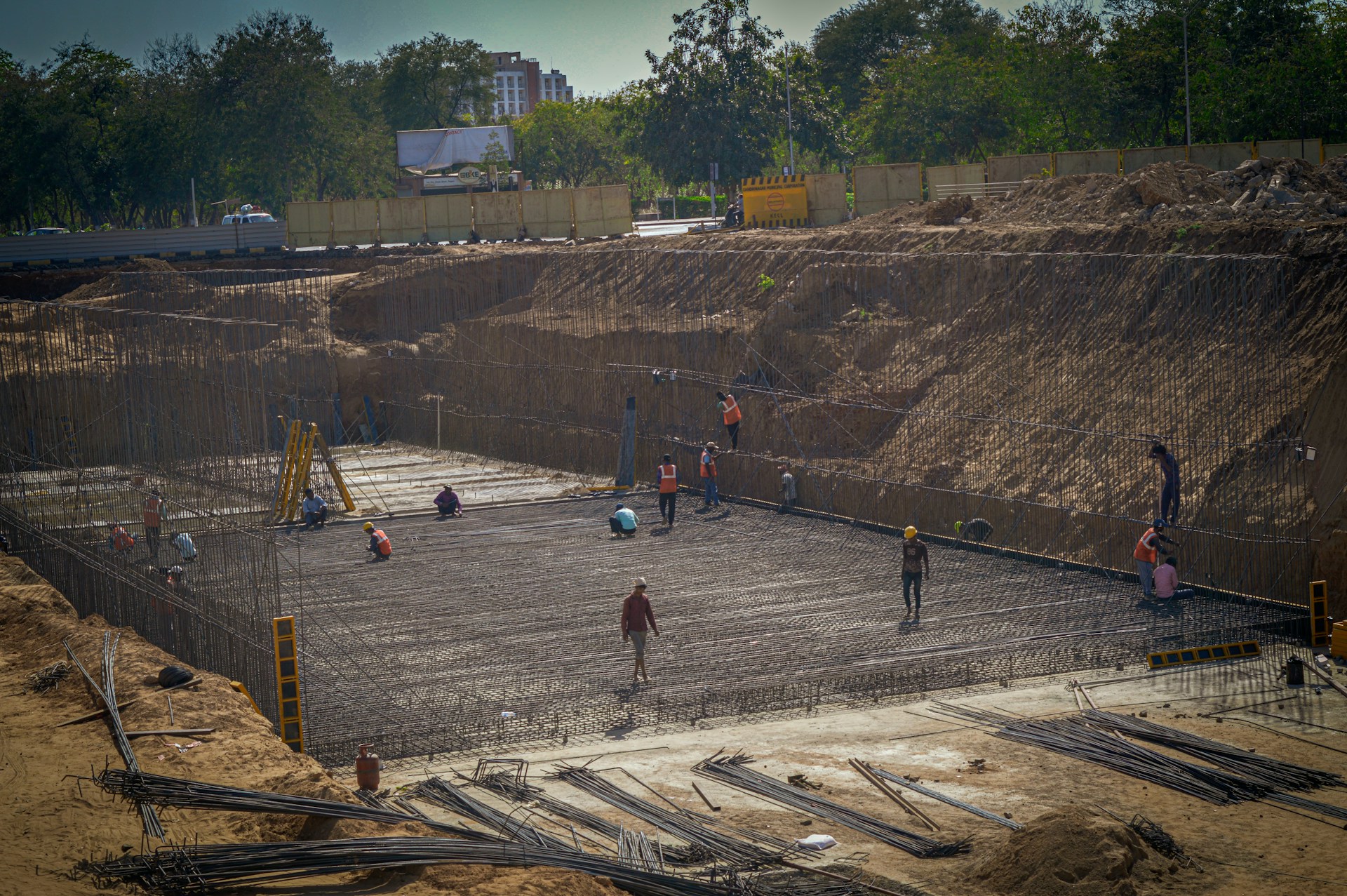When planning a construction project, understanding the foundation is key to ensuring stability and longevity. The choice of piling types is integral to achieving this goal, especially when faced with varying soil conditions. Whether it’s a dock piling repair or a new development, selecting the right pile solution is critical.
In this post, we’ll explore the essentials of piles, their importance in engineering, and how they adapt to different soil challenges. By the end, you’ll have a comprehensive grasp of how to tailor solutions for any terrain.
The Importance of Soil Conditions
Why Soil Matters
The soil beneath a site can significantly impact construction materials and techniques. It dictates how a structure will be supported and how loads are transferred to the ground. Soil types range from clays to sands, each posing unique challenges that need specific solutions. Recognizing the conditions of soil early in the planning process is crucial for effective engineering.
Assessing Soil Conditions
To assess soil quality, professionals conduct soil tests at the outset of a project. These tests measure parameters such as density, moisture content, and load-bearing capacity. Understanding these factors helps engineers determine which pile types to use and avoid future complications like settling or shifting, which can compromise structural integrity.
Adapting to Challenges
Different conditions of soil require adaptation in pile selection. For instance, clay soils might necessitate piles that prevent lateral movement, while sandy terrains benefit from friction piles. By tailoring piling types to specific soil challenges, engineers can ensure a solid foundation that meets safety and regulatory standards.
Exploring Different Pile Types
Driven Piles
Driven piles are a popular choice for many construction projects due to their strength and versatility. Made from materials like concrete, steel, or timber, they are driven into the ground using hammers or vibratory drivers. This method is suitable for various conditions of soil, offering strong resistance against vertical and lateral forces.
Bored Piles
Bored piles, also known as drilled shafts, are installed by excavating a hole and filling it with concrete. This type is excellent for sites where noise and vibration must be minimized, such as urban areas. Bored piles are adaptable to different soil layers and are particularly effective in minimizing settlement issues.
Screw Piles
Screw piles are helix-shaped piles that are screwed into the ground, offering immediate load-bearing capabilities. They are ideal for sites with soft or unstable soils, providing a rapid installation process.
The helical shape enhances load distribution and is often used in temporary structures or where minimal disturbance is required.
Choosing Construction Materials
Concrete Piles
Concrete piles are highly durable and can handle heavy loads, making them suitable for large structures. They are resistant to environmental factors such as water and chemicals, adding to their longevity. Options like precast concrete piles offer efficiency and precision in projects with tight timelines.
Steel Piles
Steel piles are known for their high strength-to-weight ratio. They are versatile, providing excellent support in both compression and tension. Their ability to penetrate hard soil layers and withstand dynamic forces makes them a preferred choice in challenging terrains and marine environments.
Timber Piles
Timber piles are traditional options, often used in lightweight structures or temporary installations. They are eco-friendly and cost-effective, with the added benefit of natural flexibility, which can adapt to soil movements. However, their application may be limited to non-aggressive conditions due to susceptibility to decay.
The Role of Geotechnical Engineering
Site Analysis
Geotechnical engineering plays a vital role in analyzing site conditions and designing appropriate solutions. Engineers evaluate soil properties, groundwater levels, and the impact of environmental factors, ensuring the foundation plan is robust and effective.
Design and Implementation
With site data in hand, engineers design foundation systems tailored to specific project requirements. This involves selecting suitable types and materials for construction, ensuring that all elements work together to form a cohesive support system. Implementation follows strict industry standards to guarantee safety and performance.
Monitoring and Maintenance
Post-construction monitoring is essential to verify the effectiveness of the foundation system. Regular inspections help identify potential issues early, allowing for timely interventions such as dock piling repair or adjustments to load distributions. This proactive approach extends the lifespan of the structure and maintains its integrity.
Tailoring Foundation Solutions
Customizing Approaches
Each construction project is unique, necessitating customized foundation approaches. Factors such as load requirements, site access, and project timelines influence decisions on piling types and materials for construction. A flexible strategy ensures that all variables are addressed efficiently.
Balancing Cost and Quality
Balancing cost and quality is a common challenge in foundation engineering. While budget constraints are a factor, prioritizing quality and durability is crucial for long-term success. Investing in high-quality materials and experienced engineering teams pays dividends by reducing future maintenance needs and enhancing structural resilience.
Achieving Sustainability
Sustainability is increasingly important in construction projects. Selecting eco-friendly materials for construction and adopting energy-efficient techniques in pile installation contribute to sustainable development goals. These engineering solutions prioritize minimal environmental impact, aligning with broader environmental objectives.
Conclusion
With a firm understanding of the conditions of the soil and the variety of piling types available, businesses can approach construction projects with confidence. Through informed decision-making, leveraging engineering expertise, and selecting the right materials, enterprises can ensure their structures stand the test of time.
Whether it’s for dock piling repair or new ventures, the foundation solutions explored here provide the insights needed for success. Moving forward, continuous learning and adaptation remain key to mastering the complex art of foundation engineering.
To explore more about tailoring these solutions to your specific needs, consider consulting with industry experts or accessing further resources in engineering.

